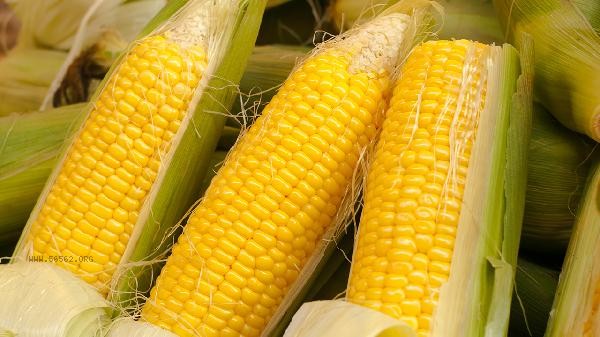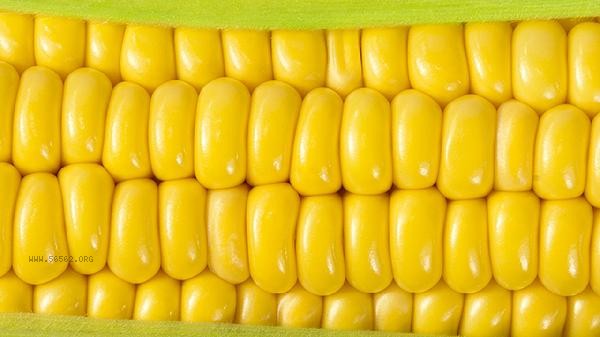The recommended row spacing for glutinous corn planting is generally 60-70 centimeters, and the recommended plant spacing is 25-30 centimeters. The specific planting density needs to be adjusted based on factors such as variety characteristics, soil fertility, and climatic conditions.

As a tall crop, glutinous corn with too small row spacing can lead to poor ventilation and light transmission, increasing the probability of disease and pest occurrence, while too large row spacing can waste land resources. A row spacing of 60-70 centimeters can ensure that the plants fully extend their leaves, making it easier for field management operations. A plant spacing of 25-30 centimeters can avoid excessive competition for nutrients between plants while ensuring yield per unit area. For early maturing varieties or fields with poor fertility, the plant spacing can be appropriately reduced to 20 centimeters; Late maturing varieties or high fertility plots can be relaxed to 35 centimeters.

Some special cultivation modes require adjustment of density. When using mulching cultivation, due to the enhanced water and fertilizer retention effect, the row spacing can be reduced to 50 centimeters and the plant spacing can be maintained at around 25 centimeters. Mechanized harvesting of fields requires a row spacing that matches the width of agricultural machinery, usually not less than 65 centimeters. In arid areas, to reduce water competition, plant spacing can be increased to over 35 centimeters. Regardless of the mode, seed germination rate testing should be conducted before sowing, and the sowing amount should be dynamically adjusted based on the actual emergence rate.

When planting glutinous corn, attention should be paid to crop rotation to avoid soil nutrient imbalance caused by continuous cropping. Before sowing, deeply plow the soil and apply sufficient base fertilizer. During the growth period, timely apply fertilizer and irrigation. Strengthen pest and disease control before and after the tasseling period. Reasonable close planting combined with scientific management can significantly improve the yield and quality of glutinous corn.








Comments (0)
Leave a Comment
No comments yet
Be the first to share your thoughts!